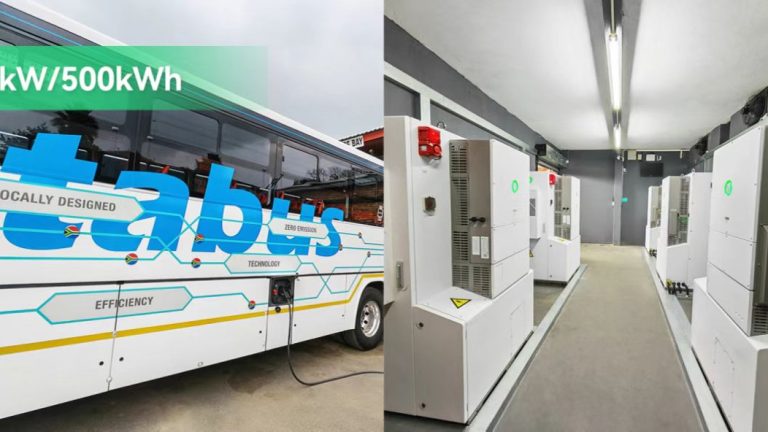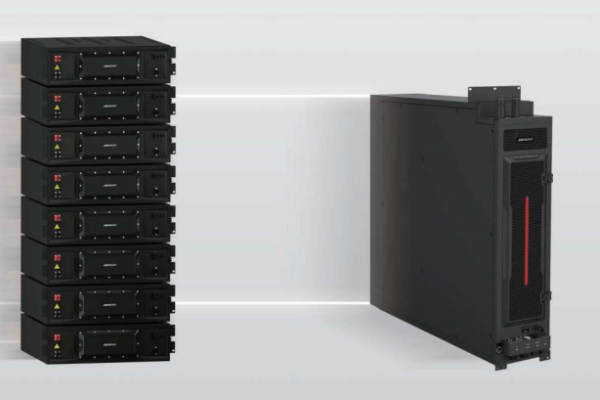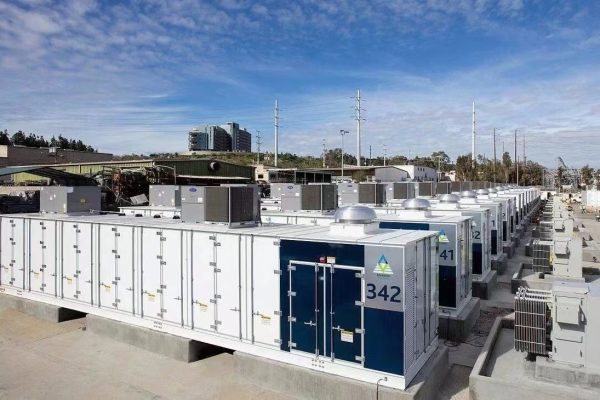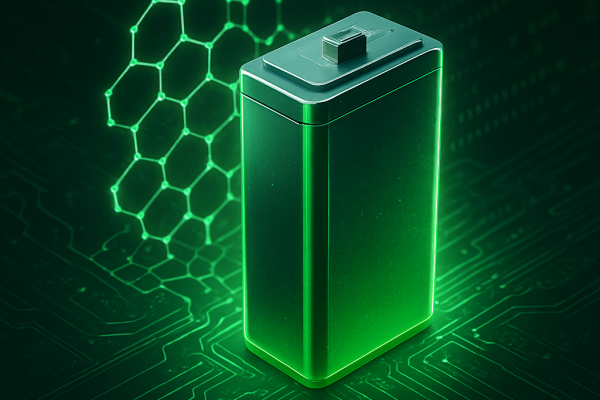How Hybrid Inverters, Batteries, and EMS Coordinate Power Flows
In a solar + storage system, managing your loads is just as important as generating power. Poor load management can lead to:
- Inverter overloads
- Battery shutdowns
- Backup failures
- Missed savings opportunities
This is where load management logic comes in—a combination of hardware priorities and software rules that govern which appliances run, when, and from which source (PV, battery, or grid).
This post explains how integrated systems manage loads intelligently—and how you, as a buyer or installer, can configure them to meet real-world energy goals.
⚙️ What Is Load Management Logic?
Load management logic refers to how a hybrid system controls and prioritizes energy consumption across various circuits or devices.
It typically includes:
- Source prioritization (e.g., use PV first, then battery, then grid)
- Load grouping (e.g., essential vs. non-essential loads)
- Timing and automation rules (e.g., run water heater only from 10am–2pm)
- Backup protection logic (e.g., disconnect AC to preserve battery in outages)
Modern hybrid inverters or EMS (Energy Management Systems) handle this logic using both firmware-based algorithms and external relays/load controllers.
🔌 Three Levels of Load Management
1. Basic Load Grouping
- Loads are divided into critical (essential backup) and non-critical
- During grid outages, only the backup loads are powered from battery
- This requires a backup load panel (often a sub-board)
📎 Many inverters have a dedicated backup output port to connect essential loads.
2. Timed Load Shedding / Activation
Some systems allow time-based logic like:
| Time Range | Rule |
|---|---|
| 10:00–16:00 | Run pool pump if PV > 2kW |
| 18:00–22:00 | Disable EV charger to save battery |
This is useful in locations with time-of-use tariffs or high daytime solar generation.
⏱️ Can be configured via EMS interface, inverter screen, or third-party relay controls.
3. Dynamic Load Management with Real-Time Sensors
Advanced systems include:
- CT sensors to monitor real-time load
- Smart relays to switch appliances on/off dynamically
- SOC thresholds to protect battery (e.g., cut heavy loads below 30%)
This allows for dynamic reaction to conditions like:
- PV generation dips
- Battery nearing empty
- Grid brownouts or voltage anomalies
🔄 This level of management ensures maximum system resilience and can extend battery life.
🧩 How Components Work Together
🔋 Battery & BMS
- BMS communicates SOC, temperature, and cutoff limits
- Load control logic respects BMS protection thresholds
⚡ Hybrid Inverter
- Executes load switching (internal relays or dry contacts)
- Manages power direction (PV → load, battery → load, grid → load)
📡 EMS (if present)
- Adds intelligent scheduling
- Coordinates multiple inverters or building systems
- Enables remote monitoring and overrides
📲 Some EMS platforms come with mobile apps for homeowner use.
🔌 Example: Home with Air Conditioning and Water Pump
| Load | Priority | Logic |
|---|---|---|
| Lights & fridge | High | Always powered during outage |
| Water pump | Medium | Only runs when PV ≥ 2kW |
| Air conditioner | Low | Disabled when SOC < 40% or at night |
| EV charger | Lowest | Limited to 2hr window during midday PV peak |
This can be implemented using:
- Inverter’s built-in control ports
- Wi-Fi smart switches linked to EMS
- Manual timers as fallback
🛠️ What Installers and Exporters Should Know
- Offer clear load mapping templates to customers
- Pre-configure load settings before shipping (if inverter supports it)
- Bundle smart load controller hardware where EMS is not available
- Provide wiring diagrams for split load boards
💡 If your product bundle includes a hybrid inverter + battery, showing how loads are managed is a huge value-add to buyers.
📌 Buyer Tips: What to Ask Suppliers
- Does the inverter support load prioritization or dry contact output?
- Can the system handle multiple load groups?
- Is there a mobile app or dashboard for schedule setting?
- Are third-party EMS platforms supported (e.g., Victron Venus, GoodWe SEMS)?
As PV + ESS systems become smarter and more connected, load management logic is no longer a luxury—it’s a basic requirement.
Understanding how loads are grouped, prioritized, and controlled can:
- Maximize your ROI
- Ensure reliable backup
- Improve user experience
- Differentiate your offering as an exporter or EPC
Whether you’re supplying hardware or configuring systems on-site, load logic is where your technical edge becomes your commercial edge.









